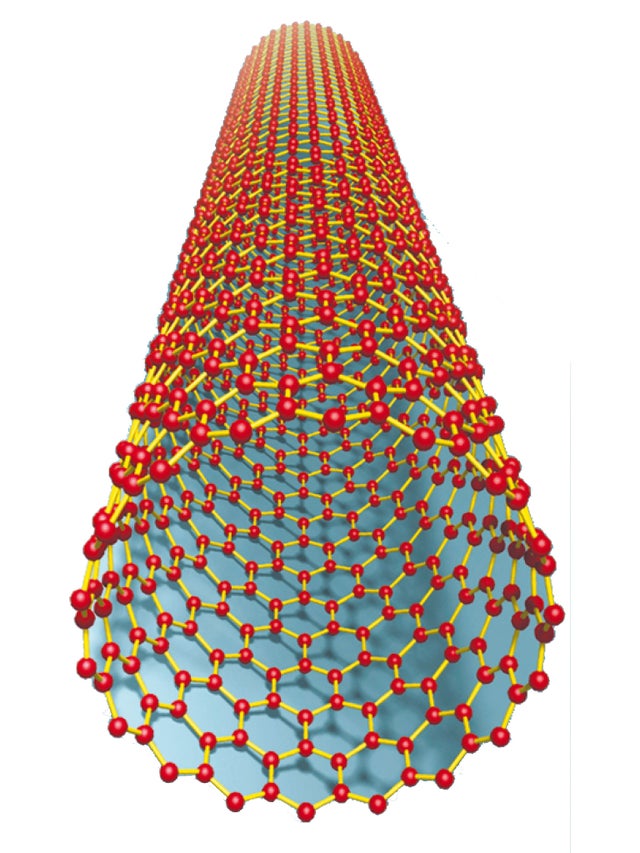Electrically conductive graphene nano-strips and transport transfer (transport_ballistic) based on PhD in nano-microelectronics (PhD in research)
Researcher and author: Dr. ( Afshin Rashid)
Note: Electrically conductive graphene nano-strips in the structure of multilayer and monolayer nanotubes show signs of transport ballistic . Although the electrical conductivity of graphene improved by electrochemical methods is not as perfect as that of graphene, it is still a viable option for the production of electrically conductive graphene nanofibers .
Inside the carbon nanotubes, SWCNTs are mixed with graphene current-conducting fillers to obtain light-conducting, conductive materials with a minimum electrical resistance of less than 105 m / Ω. These graphene nanoparticles show a nonlinear increase in the amount of electrical conductivity, which is a function of the amount of amplifier phase. At a certain amount of nanoparticles, known as the permeability threshold, the nanoparticle is able to form a lattice structure. This causes a sudden increase in the electrical conductivity of graphene nano- strips within the carbon nanotubes of CNTs. Intrinsic conductivity and length-to-width ratio of carbon-based filler nanoparticles make them selective Suitable for achieving this permeability threshold in small amounts of the filler phase forms graphene nano-strips within CNTs nanotubes. Perfect graphene plates show signs of transport ballistic . Although the electrical conductivity of graphene, modified by electrochemical methods, is not as perfect as that of graphene, it is still a viable option for the production of electrically conductive graphene nanofibers .
 The motion of nanoelectrons in electro chemically modified graphene nano particles is the result of carbon nanotubes CNTs and graphene nanoparticles . Nano-electron conductivity was measured in a sample of graphene nano-strips at about 2400 ± 200 m / s . Carbon nanotubes CNTs in combination with low percentage graphene nanofibers form an electrical permeability threshold. Also, graphene and graphene modified in the same amount or even less of carbon nanotubes, nano-electron transfer capabilities have Rsanav network , more threshold phonetic composition of a wide range of nano graphene film varies,
The motion of nanoelectrons in electro chemically modified graphene nano particles is the result of carbon nanotubes CNTs and graphene nanoparticles . Nano-electron conductivity was measured in a sample of graphene nano-strips at about 2400 ± 200 m / s . Carbon nanotubes CNTs in combination with low percentage graphene nanofibers form an electrical permeability threshold. Also, graphene and graphene modified in the same amount or even less of carbon nanotubes, nano-electron transfer capabilities have Rsanav network , more threshold phonetic composition of a wide range of nano graphene film varies, Researcher and author: Dr. ( Afshin Rashid)
PhD in Nano-Microelectronics



